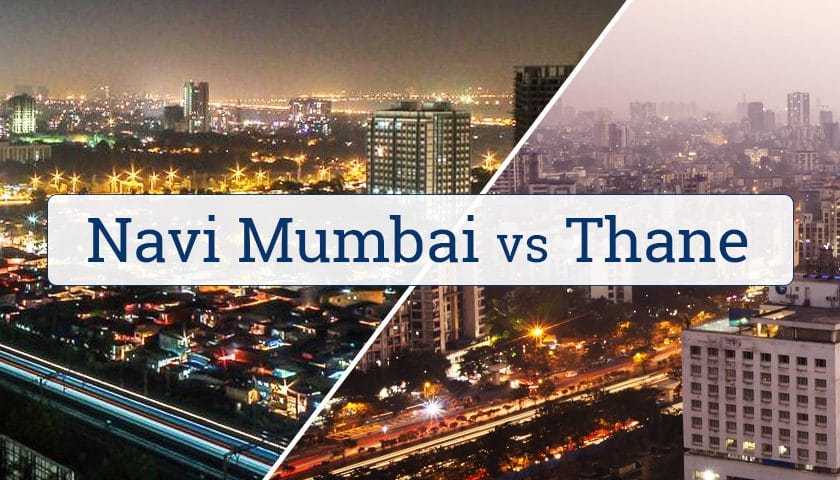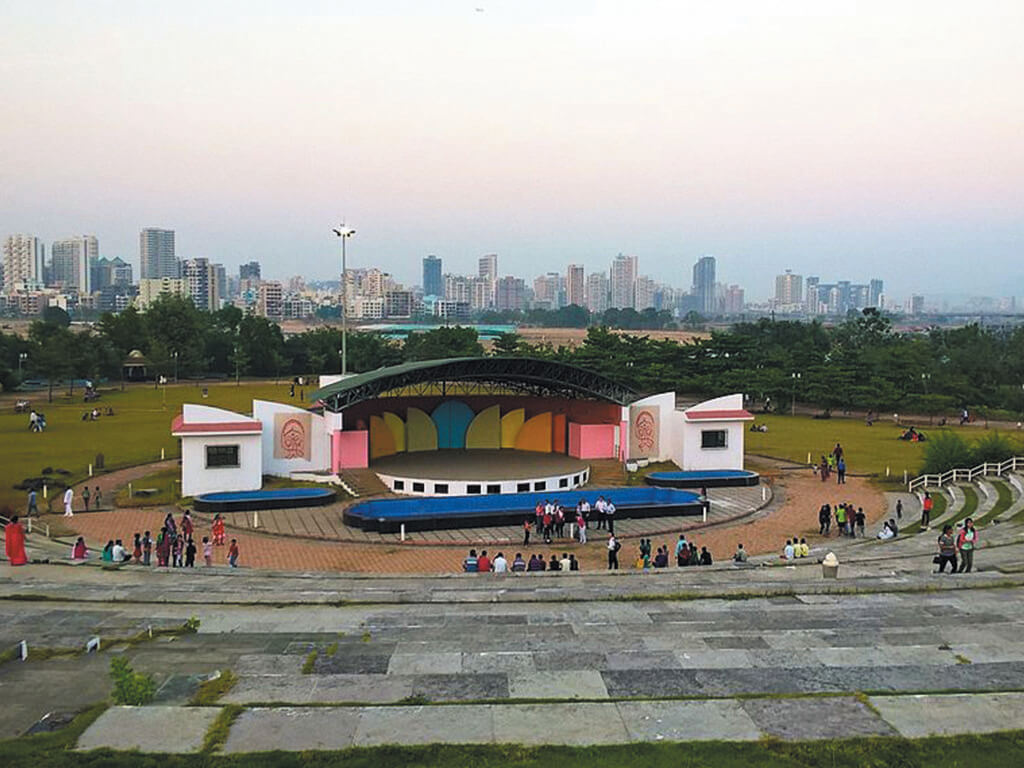- Home
- navi mumbai
- Social well-being through open space planning: The Navi Mumbai case study - Question of Cities
Social well-being through open space planning: The Navi Mumbai case study - Question of Cities
4.6 (178) · $ 20.50 · In stock
The new city on a vast greenfield area across the Mumbai harbour was planned in the 1960-70s to decongest the increasingly-dense Mumbai. The master plan for Navi Mumbai, modelled on self-reliant inter-connected nodes, each with amenities for housing as well as green open spaces, has been implemented over the last few decades – with success. Navi Mumbai meets the parameters and follows the hierarchy of green open spaces in each of the seven planned nodes. These spaces are major contributors to the social well-being of people living and working in them, they are also a successful and efficient climate-resilient tool.

10 effective brainstorming techniques for teams

Green over Grey: Importance of Public Open Spaces in Urban Areas by sarang-urbanliveabilityforum - Issuu
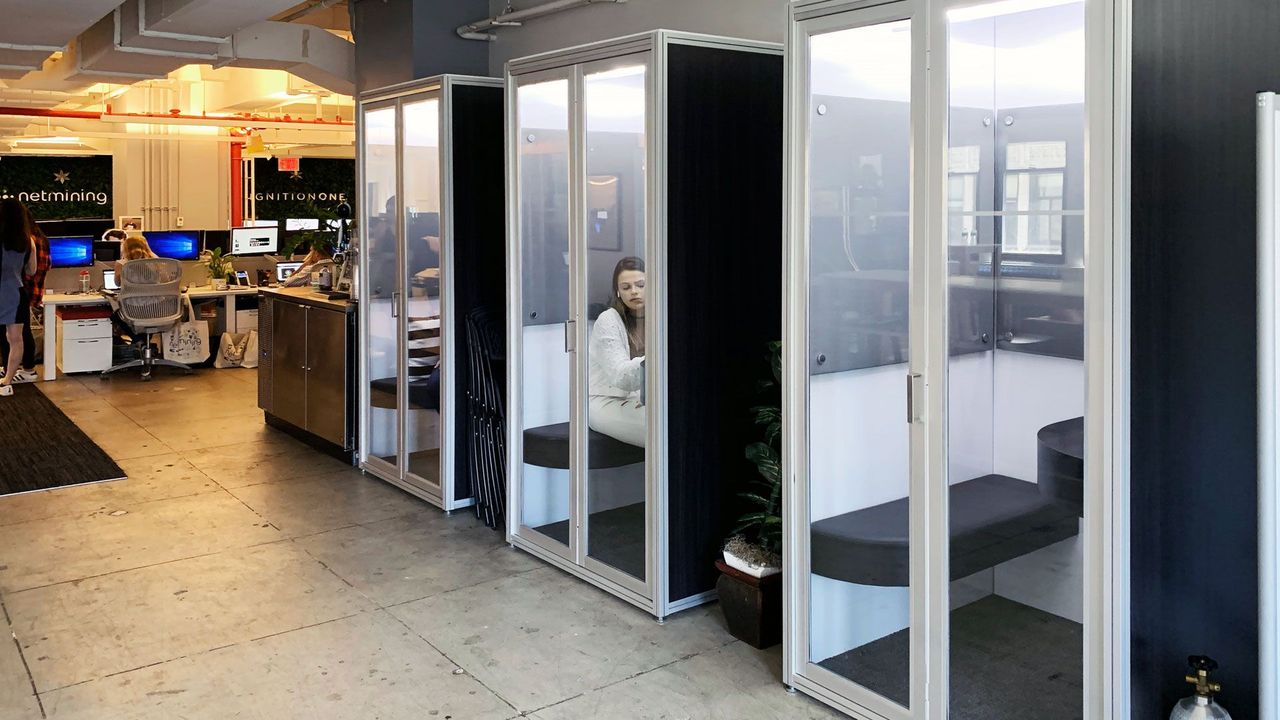
Can 'phone booths' solve the problem of open-plan offices?
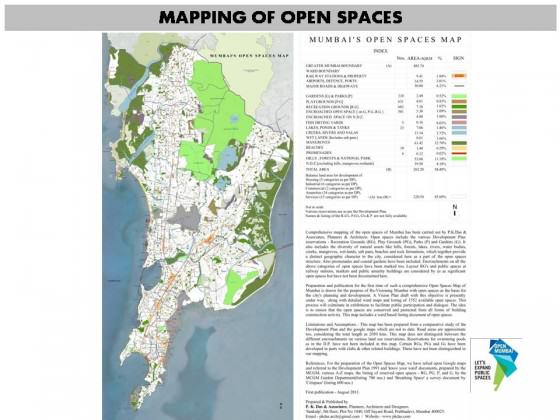
Open Mumbai: Re-envisioning the City and Its Open Spaces – The

NAVI MUMBAI, INDIA, URBAN DESIGN CASE STUDY by Sheila Ojwang - Issuu
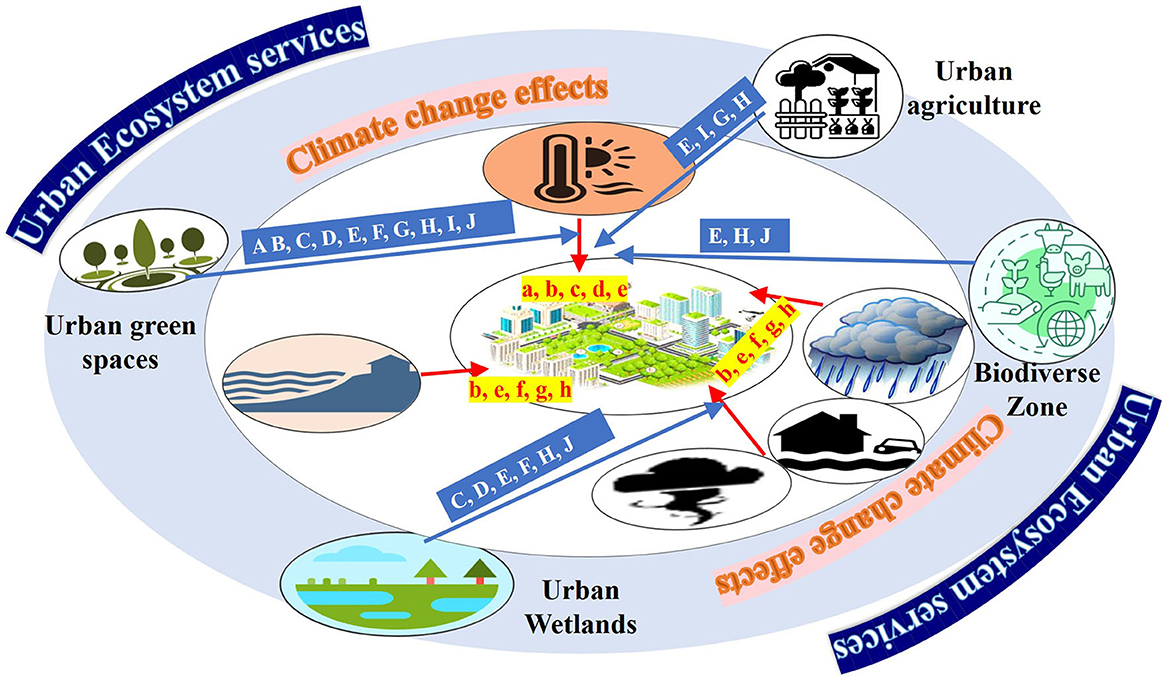
Frontiers Urban ecosystem services and climate change: a dynamic interplay

A new perception; generating well-being urban public spaces after the era of pandemics - ScienceDirect

Yogesh Dandekar on LinkedIn: Bringing you the story of an emerging

Navi mumbai
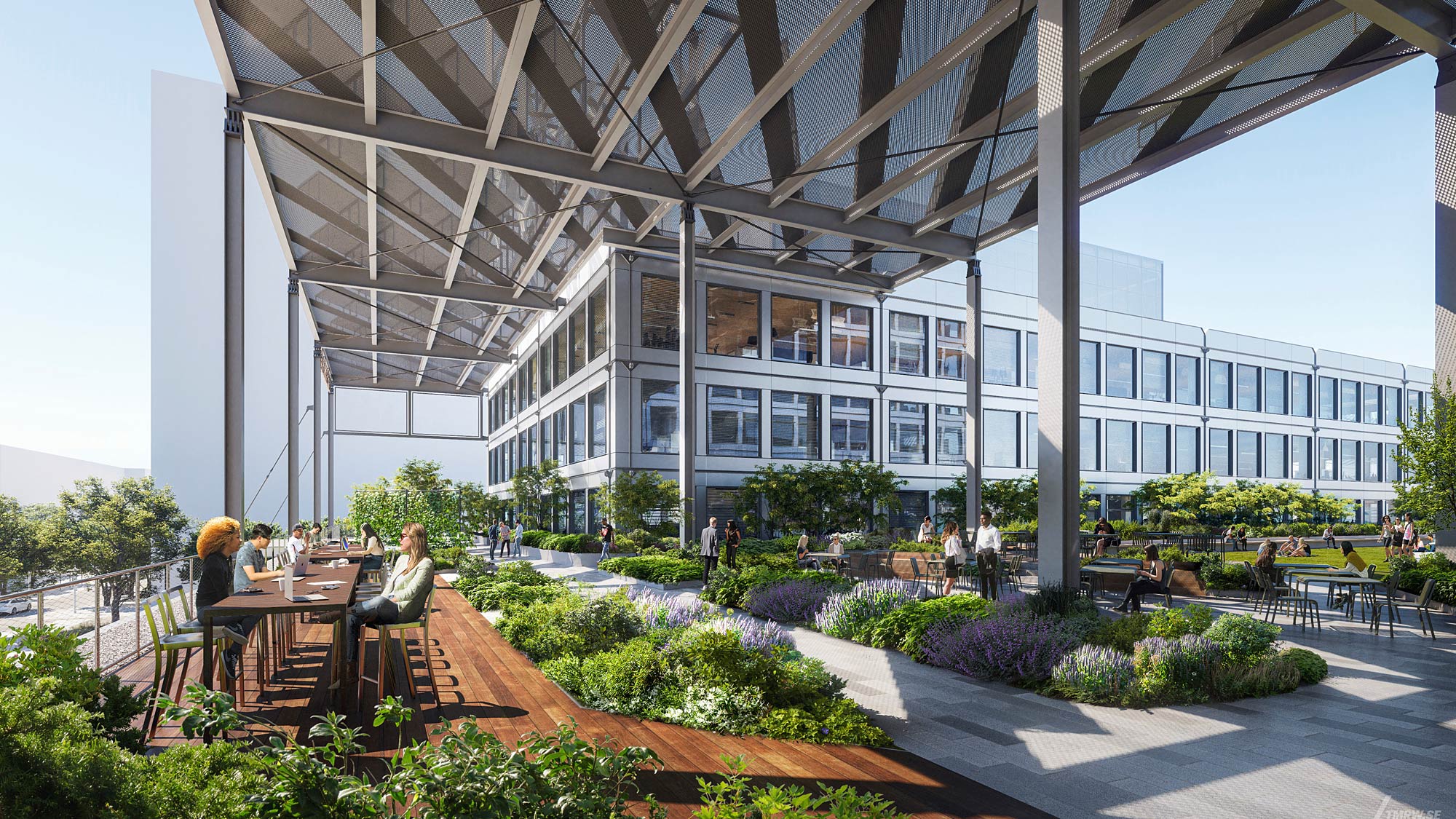
Sustainability

Yogesh Dandekar on LinkedIn: #kochimetro #kmrl #sargdesignstudio

David Malaud on LinkedIn: On embauche chez TVK !

The relationship between public green spaces and population in a city

The New City Multilateralism Council on Foreign Relations








